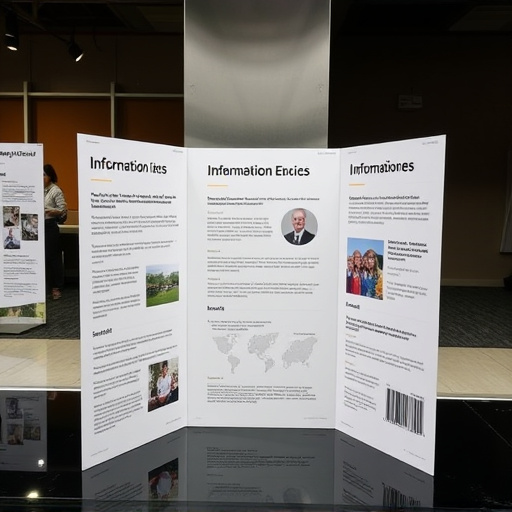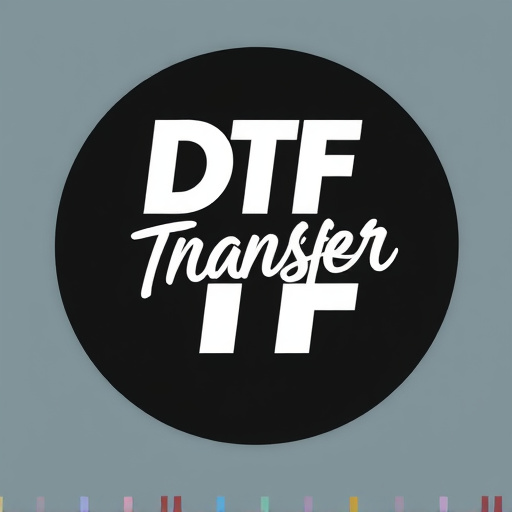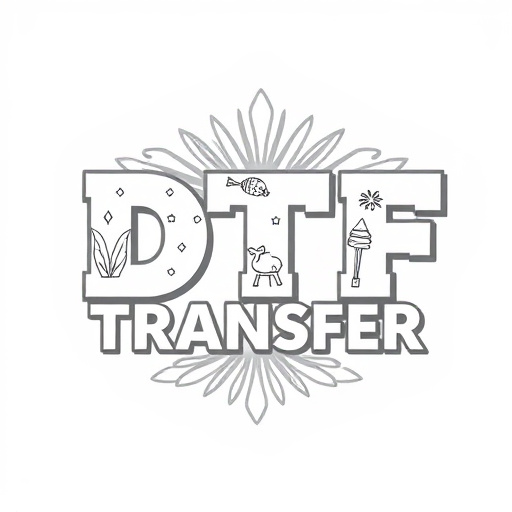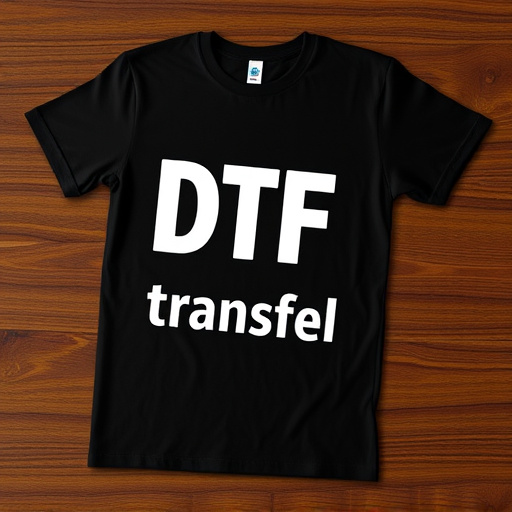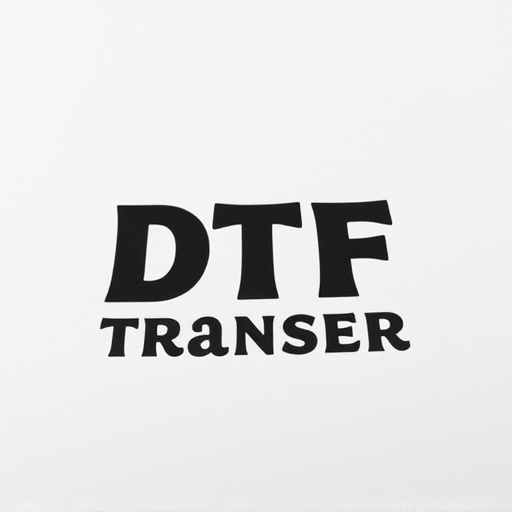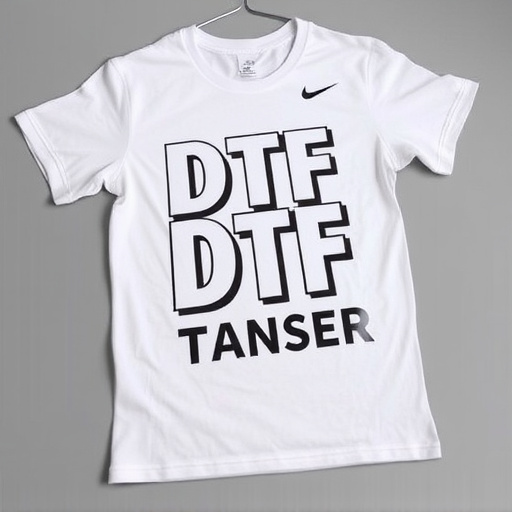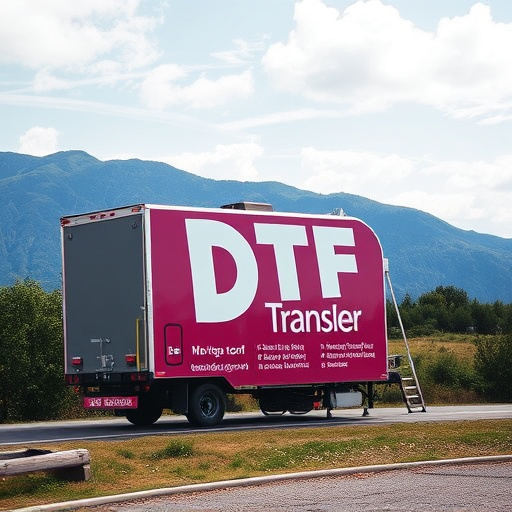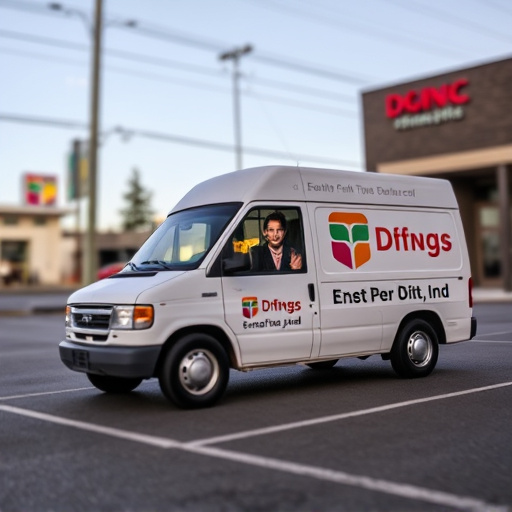Direct-to-Film (DTF) transfer technology is revolutionizing printing by enabling high-quality, precise printing directly onto various film surfaces. This process uses specialized equipment and inks to transfer digital designs from files to films like polyester, vinyl, and fabric, eliminating intermediate steps and offering benefits such as vibrant color accuracy, fine detail reproduction, and faster production times. Wholesale DTF transfers ensure cost-effectiveness and enable printing service providers to deliver cutting-edge prints while staying competitive in the market. The process involves evaluating digital files, converting them into suitable formats, transferring to film, and bonding the DTF film to substrates for high-quality DTF prints. Selecting the right DTF materials and equipment is crucial for consistent, exceptional print quality. With rigorous Quality Control checks, DTF prints are a premier choice for professional services, meeting high standards. The growing popularity of DTF transfers due to their efficiency, cost-effectiveness, and personalization potential solidifies their role in shaping the future of the printing industry.
“Unleash the potential of direct-to-film (DTF) technology with wholesale transfers for printing service providers. This article delves into the innovative world of DTF, exploring its cutting-edge transfer technology and benefits for print businesses. From file to final print, we guide you through the process, highlighting essential considerations like materials, quality control, and equipment choices. Discover how DTF prints are revolutionizing the industry and shaping future trends.”
- Understanding Direct-to-Film (DTF) Transfer Technology
- Benefits of Wholesale DTF Transfers for Printing Service Providers
- The Process: From File to Final Print
- Choosing the Right DTF Printing Materials and Equipment
- Quality Control and Ensuring Consistent Results
- Market Trends and Future Prospects in DTF Printing
Understanding Direct-to-Film (DTF) Transfer Technology
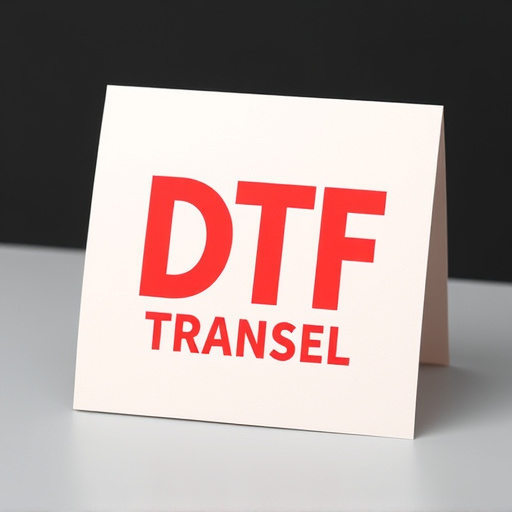
Direct-to-Film (DTF) transfer technology is a cutting-edge method revolutionizing the printing industry, especially for service providers looking to expand their offerings. This innovative process allows for high-quality printing directly onto various film surfaces, opening up a world of possibilities for creative applications. DTF involves using specialized equipment and inks to transfer precise images and designs from digital files onto flexible or rigid films, making it suitable for a diverse range of materials and products.
DTF Printing offers several advantages, including vibrant color accuracy, fine detail reproduction, and the ability to print on unique substrates like polyester, vinyl, and even fabric. This technology streamlines production by eliminating traditional intermediate steps, reducing lead times, and enhancing overall efficiency. As a result, printing service providers can cater to diverse client needs, from custom signage and graphics to specialized packaging and textile designs, ensuring they stay ahead in the market with DTF prints.
Benefits of Wholesale DTF Transfers for Printing Service Providers

Wholesale direct-to-film (DTF) transfers offer printing service providers a range of benefits that can significantly enhance their operations and customer satisfaction. One of the primary advantages is the efficiency it brings to the print production process. DTF allows for direct application of designs onto various materials, eliminating the need for complex preparation steps. This streamlined approach not only saves time but also reduces potential errors, ensuring faster turnaround times for orders.
Moreover, DTF transfers provide superior print quality, especially on darker garments. The technology offers vibrant and lasting colors, even on challenging fabrics like black or dark grey. This is a game-changer for service providers as it means they can offer their clients a broader range of options without compromising on aesthetics. With wholesale DTF, printing businesses can also benefit from cost-effectiveness due to bulk purchasing, allowing them to maintain competitive pricing while delivering high-quality DTF prints.
The Process: From File to Final Print
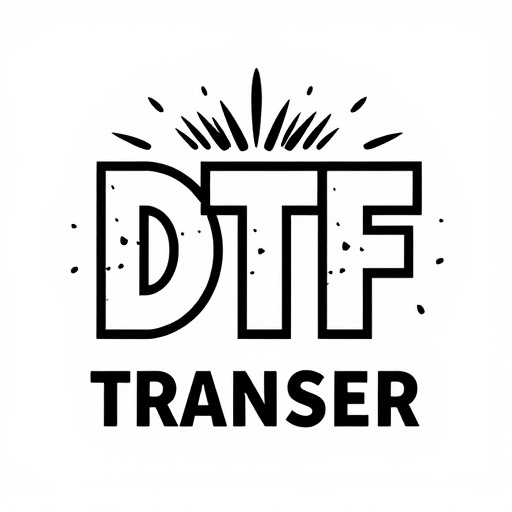
The journey from a digital file to a physical print begins with a DTF (Direct-to-Film) transfer. Printing service providers start by receiving client files, which are then carefully evaluated for quality and specifications. Once approved, these files are converted into a format suitable for DTF printing. This process involves advanced software that ensures precise color reproduction and sharp detail retention.
The prepared file is then ready to be transferred onto the print medium. In DTF printing, the design is directly imprinted onto a film, which serves as a master copy. This innovative technique allows for efficient and accurate replication of complex designs. The final step involves applying heat and pressure to bond the DTF film with the chosen substrate, resulting in high-quality, vibrant DTF prints.
Choosing the Right DTF Printing Materials and Equipment
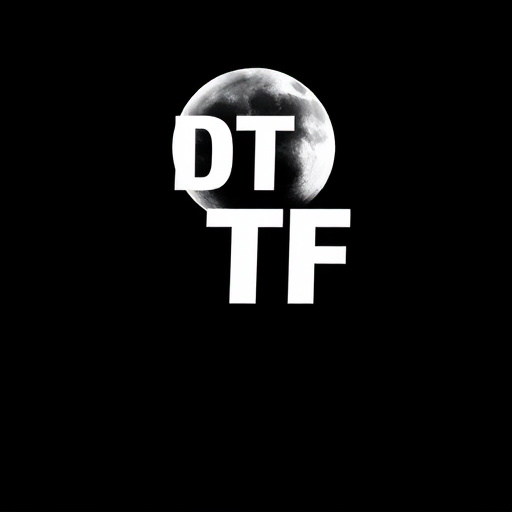
Selecting the optimal DTF (Direct-to-Film) transfer materials and equipment is a pivotal decision for printing service providers. The market offers a myriad of options, each with unique characteristics catering to diverse print demands. For high-quality DTF prints, professionals should opt for top-tier films known for their durability, vibrant color reproduction, and precision in detail retention. These films are designed to withstand various environments, ensuring longevity of the final products.
Investing in reliable DTF printing equipment is equally crucial. Advanced machines are equipped with features like precise register systems and high-resolution printers, allowing for accurate and consistent DTF transfers. Such technology ensures that every print maintains a crisp finish, meeting the expectations of even the most discerning clients. Choosing the right materials and machinery forms the backbone of successful DTF printing ventures, enabling service providers to deliver exceptional results.
Quality Control and Ensuring Consistent Results

Wholesale direct-to-film (DTF) transfers are a game-changer for printing service providers, offering unparalleled quality and consistency. The DTF process involves transferring ink directly onto film, which then serves as a precise master for printing. This method eliminates the need for intermediate steps, ensuring that each print retains the exact detail and color accuracy of the original design.
Rigorous Quality Control (QC) protocols are essential to maintaining this consistency. Reputable wholesale DTF transfer providers implement multi-stage QC checks throughout the production process. From ink density and color matching to film alignment and print sharpness, every aspect is scrutinized to meet the highest standards. This commitment to quality guarantees that DTF prints deliver vibrant colors, crisp lines, and impeccable detail, making them a top choice for professional printing services.
Market Trends and Future Prospects in DTF Printing
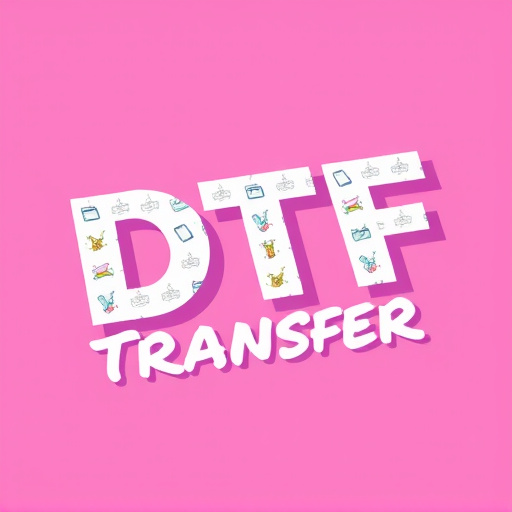
The Direct-to-Film (DTF) transfer printing market is experiencing a significant surge in popularity among service providers. This innovative technique offers a streamlined, efficient, and cost-effective solution for producing high-quality prints on a variety of materials. As the demand for personalized, customized products continues to grow, DTF transfers are poised to become an indispensable tool for print service providers (PSPs).
Looking ahead, the future of DTF printing appears promising, with advancements in technology driving its evolution. The integration of cutting-edge software and hardware systems allows for faster production times, enhanced image quality, and greater material compatibility. Furthermore, the rising trend towards sustainable and eco-friendly printing practices is also expected to shape the market’s trajectory, as DTF transfers can be designed to minimize waste and reduce environmental impact. This, coupled with the increasing demand for on-demand printing services, suggests that DTF technology will remain a key player in shaping the future of the printing industry.

